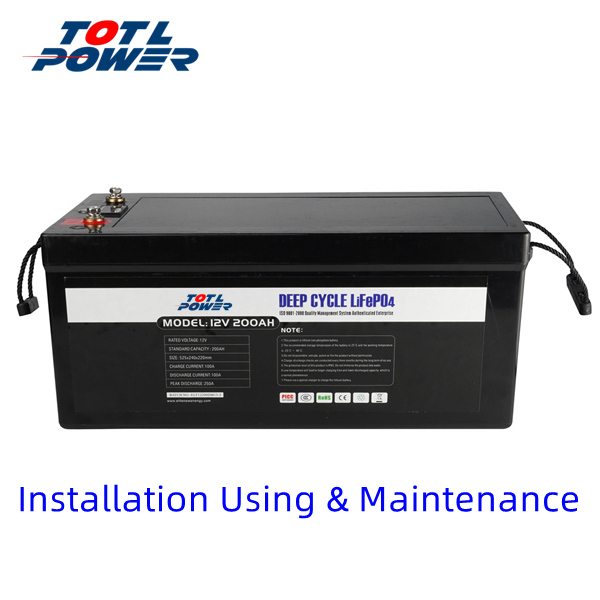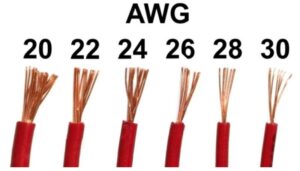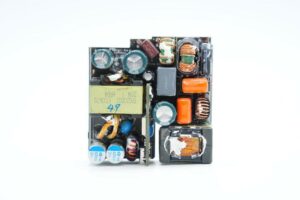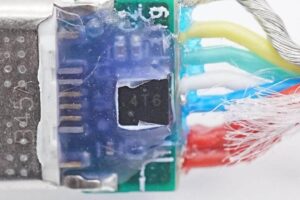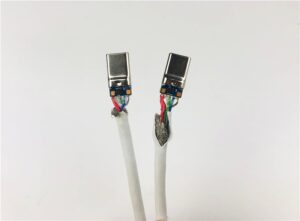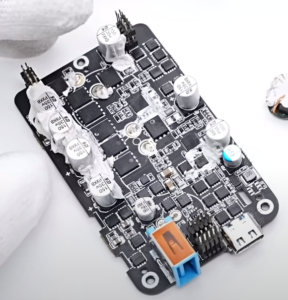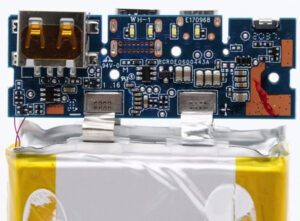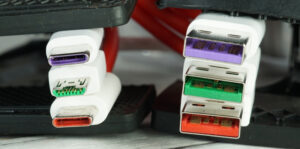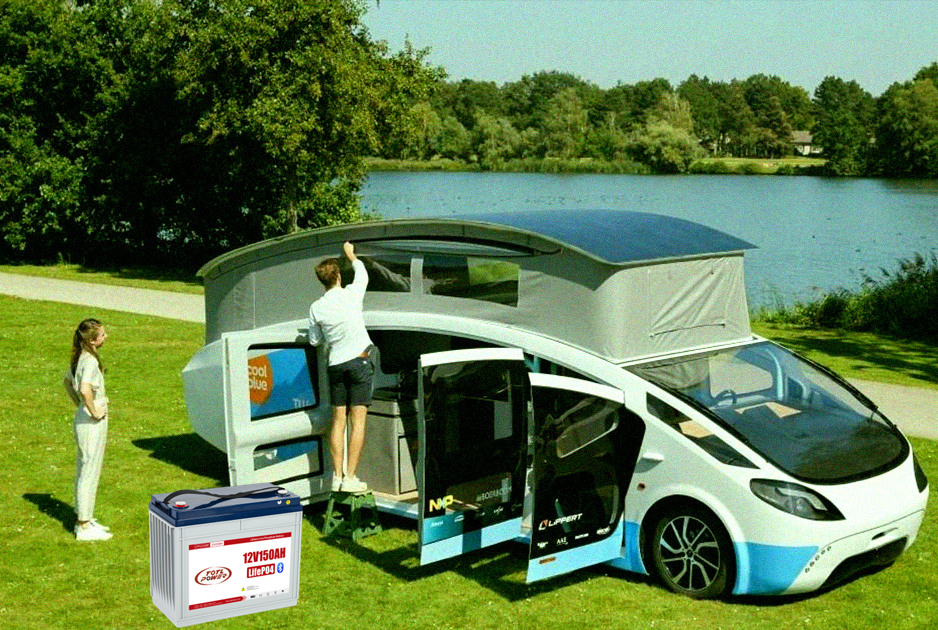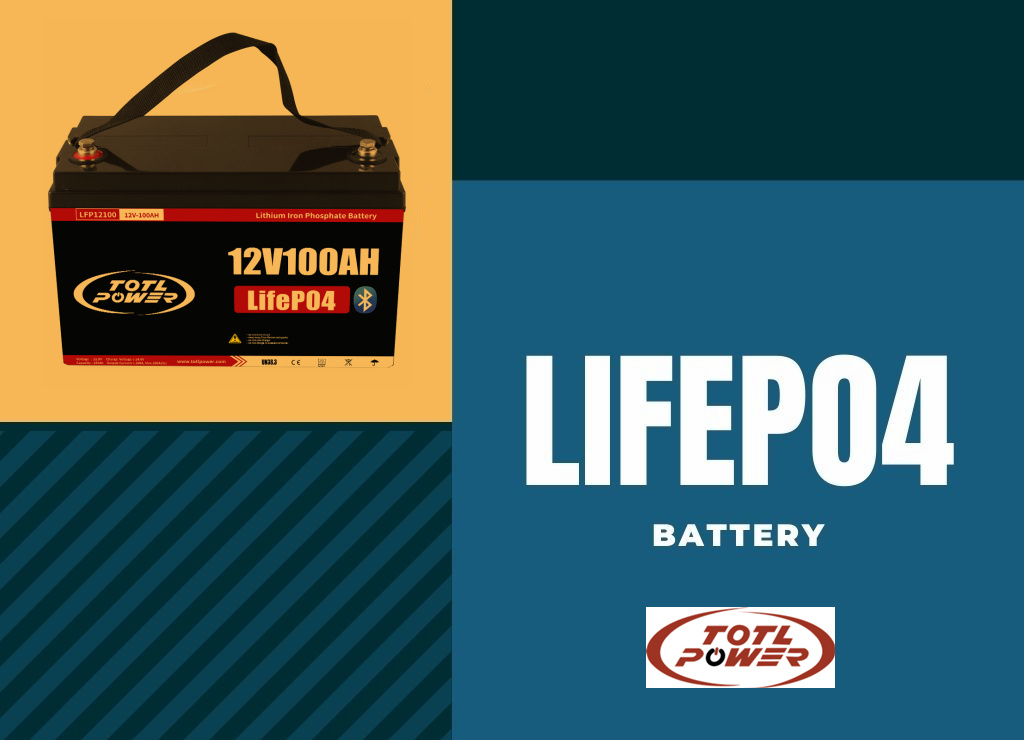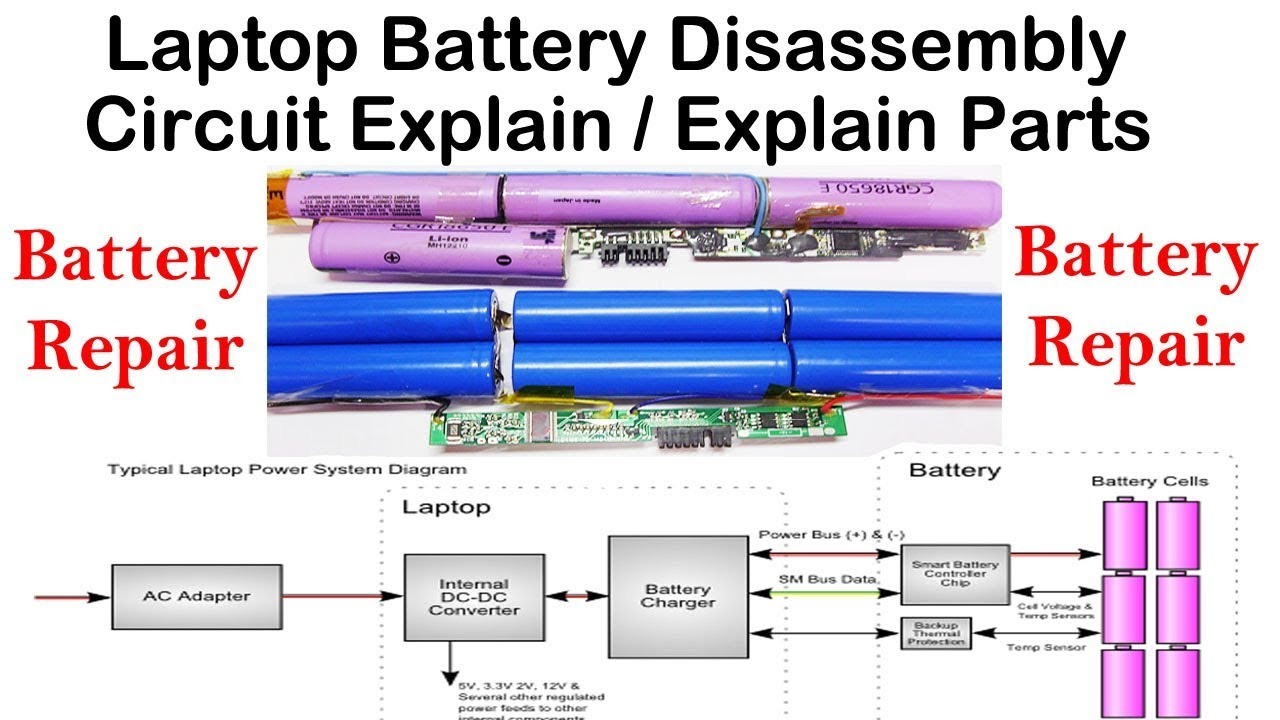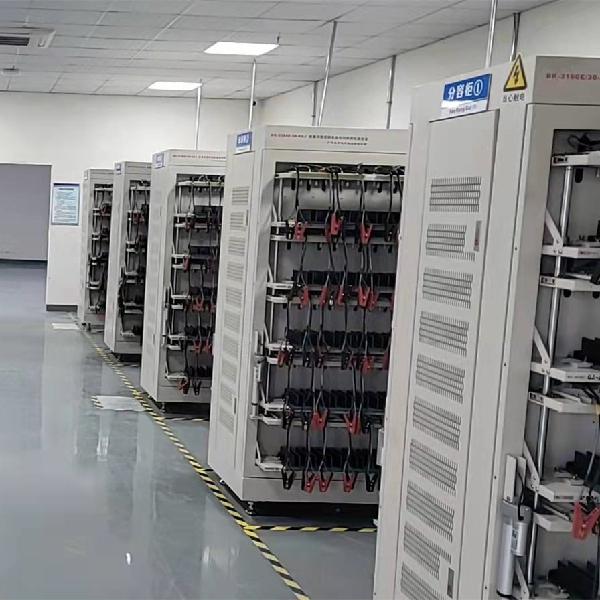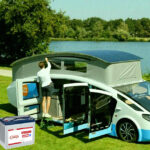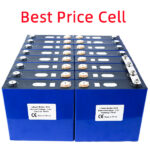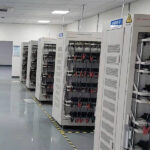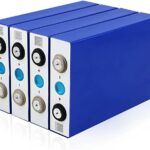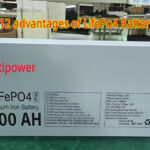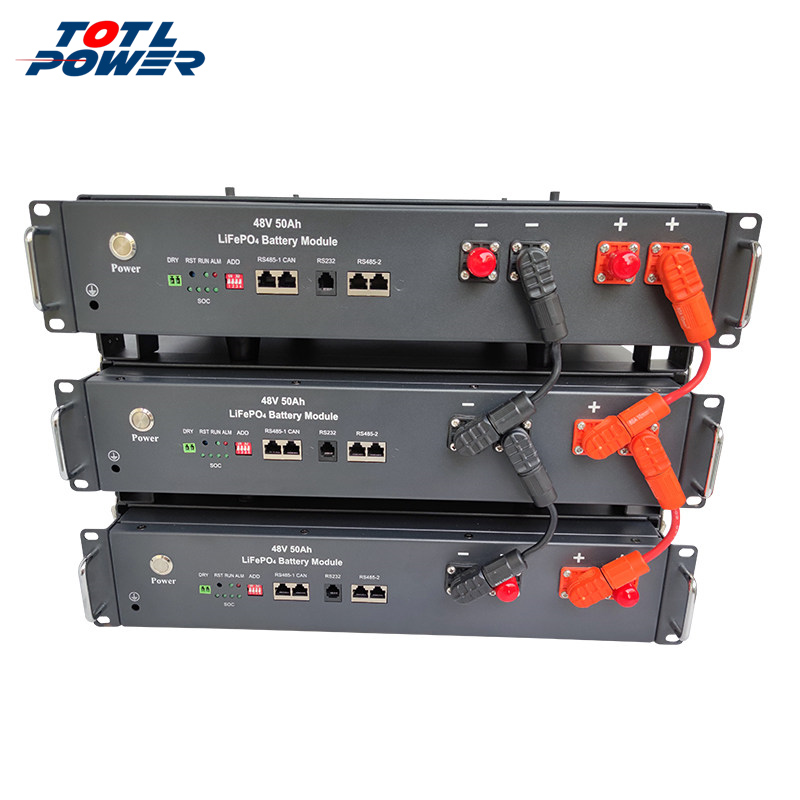How To Do LiFePO4 EV Battery Maintenance?
LiFePO4 battery is one of the most popular batteries at present. Whether it is an energy storage system or an electric vehicle (EV Battery), it can be seen almost everywhere. Of course, this is a result of its good security and relatively good performance. But don’t forget that the LiFePO4 battery is also an electrical appliance to some extent, and proper LiFePO4 battery maintenance can make it go further.
Charging and Discharging
- Every LiFePO4 battery comes with a set of instructions for optimal charging. Follow the instructions and use the lithium charger provided by the manufacturer to charge lithium iron phosphate batteries correctly.
- During the initial charging, monitor the battery’s charge voltage to ensure it is within appropriate voltage limits, generally a constant voltage of around 13V. In later years when the battery is at the end of its lifespan, the charge voltage can be a lower voltage than that used when new. If the charge voltage drops below the original value within the warranty period, contact the manufacturer to check if the battery has a defect.
- Only use the battery charger provided by the manufacturer or recommended in the user manual. Using non-recommended chargers may cause improper charging and damage the battery’s capacity.
- It is a common mistake for caravan owners to charge LFP batteries with the in-built charger of the caravan. This should be avoided. Use only chargers that battery manufacturers recommend.
- EV batteries are designed for opportunity charging. This means that you should charge the battery whenever possible, in shallow cycles. Shallow cycle charging is better than rapid charging or deep cycle charging, as fast charging can reduce the cycle life of an LFP battery pack.
When should I charge my LiFePO4 EV battery?
For optimal results, charge an LFP battery before it reaches the 20% charging point (80% depth of discharge). While deep discharge cycles won’t harm the battery’s health, the BMS requires some charging voltage to function correctly. Therefore, a minimal charge of 20% is recommended.
Can LiFePO4 Battery Be Fully Discharged?
Yes, you can fully discharge an LFP battery. Deep discharge is one of its main advantages over alternatives like a lead acid battery. Lead acid batteries require at least 50% charge to keep them operational. Discharging the battery below this level will reduce battery voltage and affect the battery’s ability to function.
Handling Precautions
- The battery cell compartment should never be disassembled for any purpose whatsoever. If the battery has any problems, it is vital to contact the battery manufacturer for assistance.
- Never short the external battery terminals. When connecting the battery, it is essential to ensure that each cable is correctly connected to the appropriate battery terminal. No conductive surface should be present between the terminals that can short the battery.
- Every battery’s user manual contains instructions on how to dispose correctly of the battery. Follow the conditions in the user manual for correct disposal and recycling. Under no circumstances should an old battery be thrown into fire or water.
- Avoid extreme temperatures. The temperature limit in the battery compartment should be checked to ensure that it is in the safe operating range. Keep a temperature compensation of a few degrees to account for any environmental changes.
- Keep the battery away from excessive physical shocks or vibration. These can damage the battery’s internal structure and hamper its operation.
- If the battery is damaged, contact the manufacturer for repairs or replacement. Avoid using a defective battery, as it can lead to improper battery voltage ruining your appliances. Damaged batteries can also cause a fire.
- If a battery begins to leak fluid, do not make contact with these fluids. Generally, unlike other lithium batteries, LFP batteries do not leak any toxic or acidic fluids. Despite this, any fluid leak can be a sign of damage. Contact the manufacturer for replacement or dispose of the battery according to the guidelines.
- If, in any case, the battery fluid makes contact with your eyes, do not rub them. Flush your eyes immediately with water for at least fifteen minutes. Lift the eyelids and flush underneath to ensure no traces of fluid remain. It is advisable to consult a physician as a precautionary measure.
Transportation
- Transporting any kind of battery, including an LFP battery, can be prohibited in specific areas such as airports. Check the local and institutional laws before transporting an LFP battery pack.
- Some governments and local laws are specific regarding transporting a dead battery. Ensure that you follow these laws when transporting a lithium battery.
Storage of Lithium Batteries
- When you intend to store lithium-ion batteries, charge them to at least 50% charging level. Do not store batteries that are fully discharged. In the case of a fully charged battery, it should be discharged to 50% before it is stored.
- When storing a battery for extended periods, disconnect it from any load.
- Every lithium battery has a range of ideal temperatures for storage. This is typically provided by the manufacturer. Make sure that you store the battery within these temperatures.
Mistakes to Avoid with LFP Lithium EV Battery
There are common mistakes that users make which can affect the health of an LFP battery. If you own an LFP battery, ensure you avoid these mistakes to prolong battery life.
- There are many differences between lithium-ion batteries and sealed lead acid batteries or AGM batteries. Do not use the guidelines for a sealed lead acid battery to maintain an LFP battery, and vice versa. In particular, never use a lead acid charger for charging a lithium battery.
- A lithium-ion battery, in general, has a low self-discharge rate. Therefore, it does not significantly discharge when left in storage. Fully charging lithium-ion batteries before storage is not required. Fully charged lithium-ion batteries can be dangerous when left unused for long periods. On the other hand, a lead acid battery slowly discharges in storage every day and can run out of juice quickly.
- An overcharged lifepo4 battery pack is just as bad as an undercharged battery. Never overcharge the battery, regardless of the type. High-quality LFP batteries, such as those provided by Eco Tree Lithium, have a BMS that provides overcharge protection so that the battery cannot be overcharged.
- Dirty battery terminals can lead to improper flow of current during operation. Therefore, it is recommended that you clean the terminals while installing the battery pack.
- Do not throw the battery away just because its cells appear swollen. Swelling of an LFP battery bank is a common occurrence and, usually, a sign of an overcharged or undercharged battery. The swollen battery cells will likely reduce performance but not degrade the battery bank enough that you need to dispose of it.
- Using the right terminal mounting tools is just as important as using the correct charger for the battery. Many people think that nuts and bolts do not make any difference but, in fact, even the thread depth of these tools matters.
What to avoid in LiFePO4 EV Battery for Long-term Conditions?
- The environment is too high or too low temperature. Although LiFePO4 batteries are resistant to high temperature and help to weaken self-discharge at a certain low temperature, excessive high temperature and excessive low temperature are not beneficial to LiFePO4 batteries.
- Store in an environment with high humidity. An environment with high humidity can more easily lead to oxidation of the battery terminals and, in some cases, increase the risk of leakage. So it is best to store LiFePO4 batteries in a ventilated and dry environment.
- Long-term storage. LiFePO4 batteries are a kind of lithium-ion batteries, and regular and complete charge-discharge cycles are very important for LiFePO4 batteries. Long-term storage without use can easily lead to a permanent decline in the performance of the battery. Generally speaking, it is recommended that a complete charge-discharge cycle be required for a maximum of half a year.
- Stack the LiFePO4 batteries randomly. This includes stray wires and other metal objects, which undoubtedly increases the risk of accidents. such as short circuit.
- Excessive battery usage. For example, overcharge and over-discharge, both of which will undoubtedly seriously damage the LiFePO4 battery, and are irreversible damage, which will eventually lead to a decline in battery performance.
- Never over charge/discharge a cell!
The most common causes for premature failure of LiFePO4 cells are overcharging and over-discharging. Even a single occurrence can cause permanent damage to the cell, and such misuse voids the warranty. A Battery protection System is required to ensure it is not possible for any cell in your pack to go outside its nominal operating voltage range,
In the case of LiFePO4 chemistry, the absolute maximum is 4.2V per cell, though it is recommended that you charge to 3.5-3.6V per cell, there is less than 1% extra capacity between 3.5V and 4.2V.Over charging causes heating within a cell and prolonged or extreme overcharging has the potential to cause a fire. EV Works Takes no responsibility for any damages caused as a result of a battery fire.
Over charging may occur as a result of.
1. Lack of a suitable battery protection system
2. Faulty of infective battery protection system
3. Incorrect installation of the battery protection system
EV Works takes no responsibility for the choice or use of a battery protection system.At the other end of the scale, over-discharging can also cause cell damage. The BMS must disconnect the load if any cells are approaching empty (less than 2.5V). Cells may suffer mild damage below 2.0V, but are usually recoverable. However, cells which get driven to negative voltages are damaged beyond recovery.On 12v batteries the use of a low voltage cutoff takes the place of the BMS by preventing the overall battery voltage going under 11.5v no cell damage should occur. On the other end charging to no more than 14.2v no cell should be overcharged. - Clean your terminals before installation
The terminals on top of the batteries are made from aluminium and copper, which over time builds up an oxide layer when exposed to air. Before installing your cell interconnectors and BMS modules, clean the battery terminals thoroughly with a wire brush to remove oxidation. If using bare copper cell interconnectors, these should be cleaned too. Removing the oxide layer will greatly improve conduction and reduce heat buildup at the terminal. (In extreme cases, heat buildup on terminals due to poor conduction has been known to melt the plastic around the terminals and damage BMS modules!) - Use the right terminal mounting hardware
Winston cells using M8 terminals (90Ah and up) should use 20mm long bolts. Cells with M6 terminals (60Ah and under) should use 15mm bolts. If in doubt, measure the thread depth in your cells and ensure that the bolts will get close to but not hit the bottom of the hole. From top to bottom you should have a spring washer, flat washer then the cell interconnector.A week or so after installation, check that all your terminal bolts are still tight. Loose terminal bolts can cause high-resistance connections, robbing your EV of power and causing undue heat generation. - Charge frequently and shallower cycles
With lithium batteries, you will get longer cell life if you avoid very deep discharges. We recommend sticking to 70-80% DoD (Depth of Discharge) maximum except in emergencies.
Related Products:
BPG12-100(12V100Ah) deep cycle gel battery
12V150Ah deep cycle gel battery
12V200Ah deep cycle gel battery
Related Products Application:
Start-Stop AGM Battery Applications
7 Applications of Long Life AGM Battery
gel battery application
Related Posts:
Tags: Lithium battery. LiFePO4 battery.

